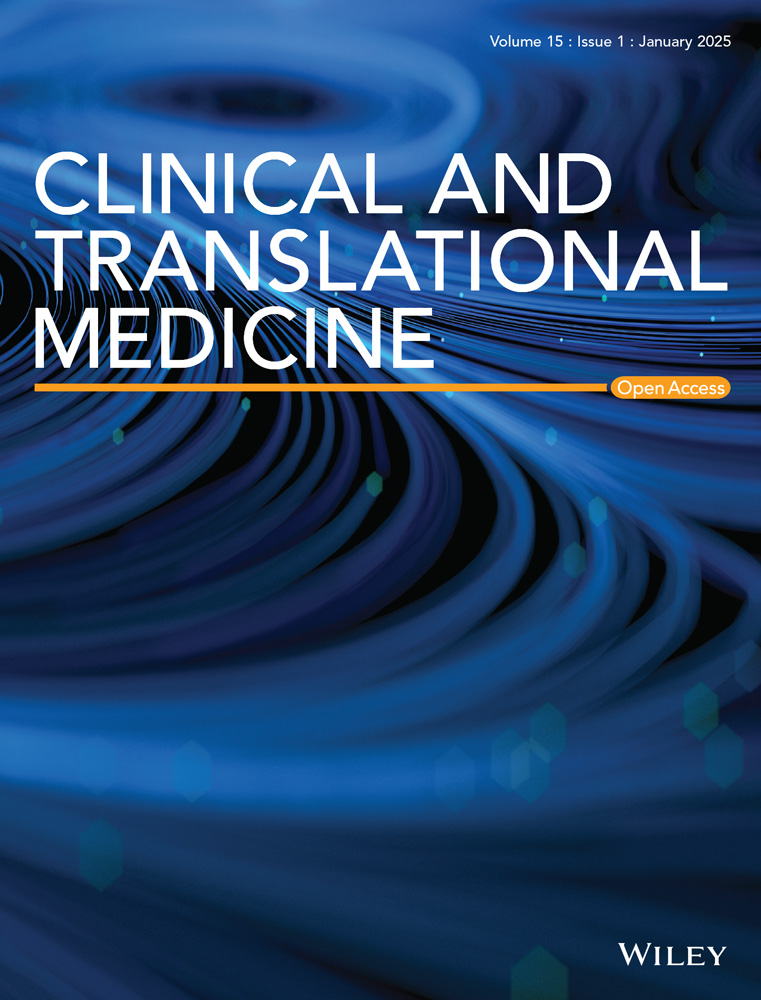The antiarthritic effect of CBR-470-1 in hypoxic environment is to increase the level of NOD-like receptor family pyrin domain containing 3 ubiquitination by decreasing phosphoglycerate kinase 1 activity
Ao Duan, Zemeng Ma, and Xiaolong Shao contributed equally.
Abstract
Background
Hypoxia can affect the occurrence and development of inflammation in humans, but its effects on the disease progression of osteoarthritis (OA) remain unclear. Synovial macrophages play an essential role in the progression of arthritis. Specifically, the activation of the NOD-like receptor family pyrin domain containing 3 (NLRP3) in macrophages induces the secretion of a series of inflammatory factors, accelerating the progression of OA.
Methods
The effects of CBR-470-1 were assessed in a mouse model of OA induced by destabilization of the medial meniscus (DMM) by micro-computed tomography imaging, Safranin-O and Fast Green staining, immunofluorescence staining and enzyme-linked immunosorbent assay. Western Blot analysis was used to explore the underlying mechanism of these experimental results. Additionally, a co-culture system of THP-1 and chondrocytes was established to investigate the impact of CBR-470-1 on chondrocyte proliferation, apoptosis, migration and the regulation of chondrocyte-related proteins within the system.
Results
In hypoxic conditions, CBR-470-1 significantly inhibited the progression of OA in the DMM-induced OA mouse model, but that effect disappeared in the DMM-induced OA phosphoglycerate kinase 1 (PGK1)fl/flLyz2-Cre mouse model. Not only that, CBR-470-1 can also improve the proliferation and migration of chondrocytes, reduce the apoptosis rate of chondrocytes, and regulate the expression of chondrocyte-related proteins in the co-culture system of THP-1 and chondrocytes.
Conclusions
This study conducted a series of in vitro and in vivo experiments, revealing that hypoxia plays a pro-inflammatory role by increasing PGK1 activity and reducing the binding of the deubiquitinating enzyme ubiquitin-specific peptidase 14 to NLRP3, thereby reducing the ubiquitination level of NLRP3. CBR-470-1, a specific inhibitor of PGK1, can reduce PGK1 activity to reverse the role of hypoxia in the progression of OA. These findings lay a foundation for the development of OA treatment in a hypoxic environment.
Key points
- Hypoxia plays a pro-inflammatory role by increasing PGK1 activity and thereby decreasing the ubiquitination level of NLRP3.
- Hypoxia plays a pro-inflammatory role by increasing PGK1 activity, reducing the binding of the deubiquitinating enzyme USP14 to NLRP3, and reducing the ubiquitination level of NLRP3.
- CBR-470-1 reverses the role of hypoxia in the progression of osteoarthritis.
CONFLICT OF INTEREST STATEMENT
The authors declare no conflict of interest.
Open Research
DATA AVAILABILITY STATEMENT
The data underlying this article will be shared on reasonable request to the corresponding author.




